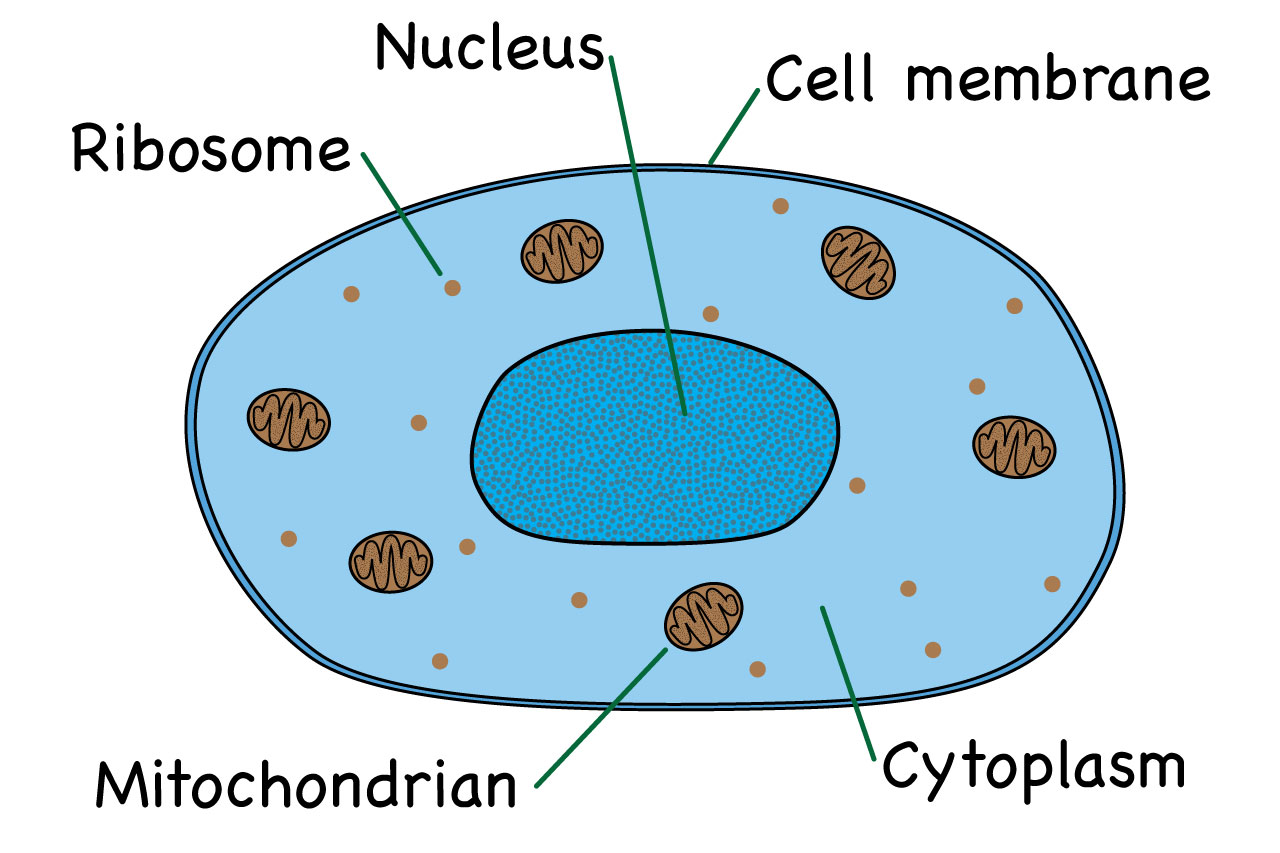

The nucleus (nucleus) is shown in blue with areas of condensed and open chromatin. The apical plasmalemma has microvilli, lateral membranes are indicated by hash marks, and the basal plasmalemma has adjacent gray area representing basement membrane.

Figure 2 shows that diagram edited to provide more accurate visual data.įigure 2 Alveolar type II cell. Figure 1 is a diagram of an alveolar type II cell with misinformation, which is similar to diagrams actually published in prestigious journals. To demonstrate the problem of creating good diagrams of these cells, two diagrams of alveolar type II cells are presented here, both based on the same data. Much detailed information about these cells comes from transmission electron microscopy (TEM). But these cells secrete surfactant that is critical in lowering surface tension in the alveoli. Where data are not known and questions abound, communication may be poor, and erroneous diagrams may result.Īlveolar cells line the alveoli of the lungs, and alveolar type II cells, 5–7 µm in diameter, comprise a small percent of the alveolar surface area. Review papers are excellent places for comprehensive descriptions to bolster knowledge. When knowledge is accurate and communication between scientist and artist is effective, then good diagrams follow. Pictures are powerful communicators of information, and errors in them undermine the scientific message. Scholars more adept at transmitting knowledge with language seem to predominate over those who communicate through the visual sense thus, publications occasionally contain outright erroneous graphics. Unrecognized, such biases can foster serious errors in text and diagrams and cause missed opportunities in teaching. Thus, occasionally some degree of hardwired or environmentally reinforced bias toward language versus image-based thinking creeps into scientific communications. Others “know” cells differently and produce copious verbiage about them, but they may never really “see” them dimensionally. Microscopists, for example, often “know” biological cells pictorially and are able to visualize them, and their organelles, spatially. Pictures predate writing for this purpose, and using both text and graphics increases impact and understanding. Illustrations improve communication in scientific reporting. Translating complicated hypotheses and conclusions into useful scientific information for students, colleagues, and the public at large is difficult.


 0 kommentar(er)
0 kommentar(er)
